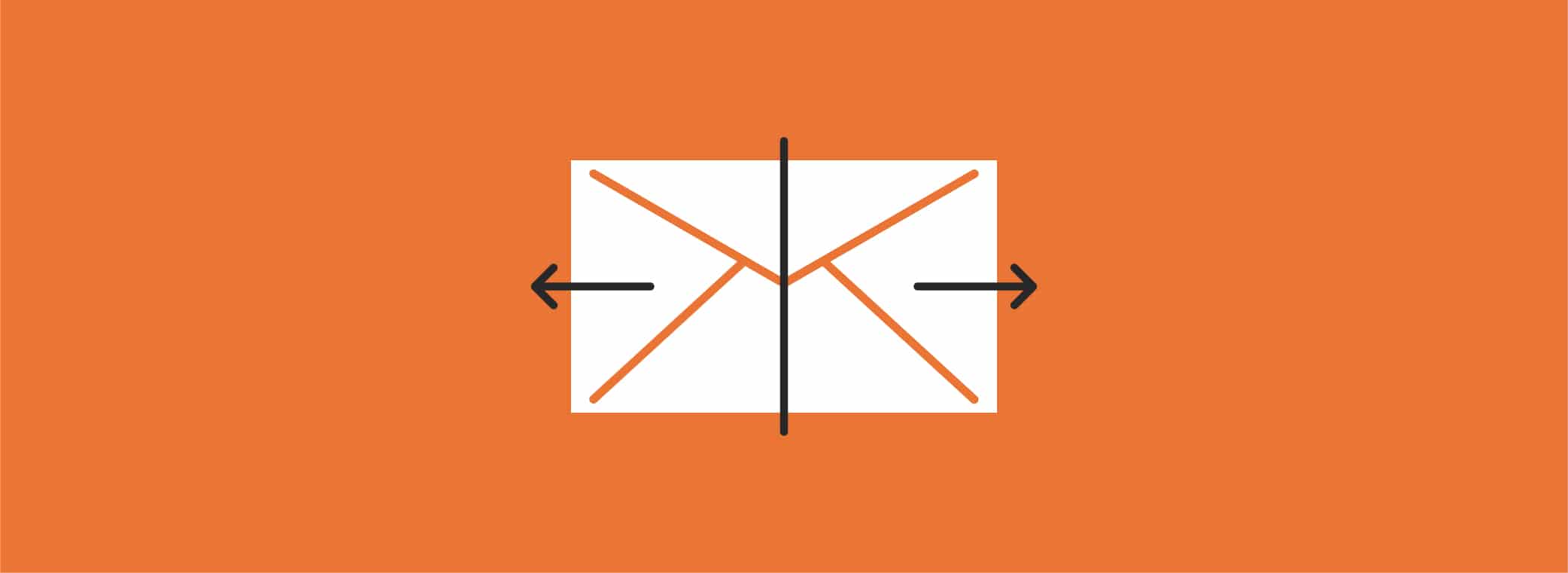New data on the best timing for your event invitation emails
This is a guest post by Rachel Grate, a content strategist and editor at Eventbrite.
It’s one of the biggest marketing questions event planners face: When should you send your event invitation emails?
Send them at the wrong time, and there’s a risk they’ll get lost in a sea of inbox content. Send too many, and you’ll get sent to spam— a dubious fate.
Sadly, you can’t just Google “best timing for event emails” and land on a definitive answer, and that’s because there isn’t one. The ideal time to send emails will vary for different events and audiences.
Still, you have to start somewhere.
Eventbrite and Emma surveyed nearly 400 creators of events of all types and sizes to find out how they do it, and what timing has worked best for them. Benchmark yourself against these standards to figure out the timing that will work best for your event emails.
The big announcement: When to send your initial event announcement
The timing of your initial announcement email is critical, but event creators handle it in wildly different ways. While about a quarter (27%) send their first announcement two to three months in advance, nearly as many (26%) wait until just one month before the event. And 14% don’t send anything until within two weeks of the event.
To decide on the timing of your first event email, here are some things to consider:
- Your event size: Big festivals and conferences tend to announce dates much earlier in advance, especially for recurring annual events. This makes sense if an event will sell out or if guests need to make plans way in advance to get there. But for smaller events or people who host an event every week, if you send your first email too soon, you can risk recipients forgetting about it.
- Your ticketing type: If you plan to sell early-bird or a limited number of in-demand tickets, you’ll need to pace your emails so you have plenty of time to send a general admission announcement, too.
- The date of your event: If your event is happening at a busy time of year (like a holiday weekend), send it earlier than usual to get a jump on the competition.
Now that you have your first email on the calendar… what about the rest?
The general cadence: When and how many emails to send
People don’t typically buy tickets the first time they hear about an event. Along with social media, paid ads, and other marketing efforts, email is part of the “awareness” stage of their decision-making journey. Sending well-timed recurring messages is a way to spark their interest, keep their interest, and eventually, convert their interest into actual ticket sales.
But there’s a fine line between staying in your audience’s awareness and pestering them with too many emails. You can’t just assume that “more is better.”
So how many emails is standard?
- 25% of event creators send three emails to promote each event
- 30% send four-to-five emails
- 22% send six or more emails
No matter how far in advance you send your first email, the busy period for your campaign will most likely be closer to the event itself. During the month leading up to an event, nearly half of event planners (43%) send an email a week.
The exact timing: The right day and hour for your emails
More than half of event creators (53%) swear that Tuesday is the best day to send emails. The runners-up are Thursday (48%) and Wednesday (40%). Nearly half (48%) schedule the send for between 9 am and 1 pm.
This information does not guarantee that Tuesday midday is the best time for your email. Think about your particular audience and the nature of your event when scheduling the send time. A sales rep might be more inclined to open your email about an upcoming business workshop while on the clock, his head in the work game. On the other hand, your food truck pop-up might be more likely to appeal to the 56% of people who make last-minute social decisions if you send the email on Friday afternoon.
You also have to think about the time zone, particularly if you’re sending to a national or even global list of recipients. Using an email platform like Emma allows you to segment your email list by location to optimize engagement across different time zones.
Always be testing (A/B testing, that is)
Speaking of Emma, Lane Harbin, a senior marketing manager for the platform, has this to say about best email practice: “There is no ‘ideal send time’ that works for every marketer, every time. You have to test to discover see what works best for your audience, your industry, and your brand.”
Use the benchmark data above as a starting point, but the most important event email marketing advice? Test everything, from your send time to your subject line. Email marketing is an art, and over time, you’ll finesse what send strategy results in the highest engagement.
Want to read more about current email marketing best practice and benchmark metrics? Download The Events Industry’s 2019 Email Benchmarking Report.
Rachel Grate manages the blog for Eventbrite, where she regularly interviews organizers of the country’s most popular events, from massive music festivals to small food & drink gatherings. She’s a live music lover, a foodie, and a big fan of smiles.
MOST RECENT ARTICLES
Want to engage your audience and grow your brand? Try Emma's robust easy-to-use product today.













